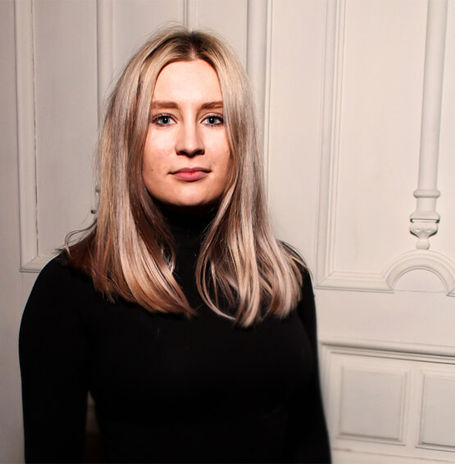Theory of everything
From December 27, 2016 to January 11, 2017, the Bereznitsky Aesthetics art agency will present the project "Theory of Everything" at the "Chocolate House" branch of the Kyiv National Museum "Kyiv Art Gallery"
From December 27, 2016 to January 11, 2017 at the Branch of the Kyiv National Museum of Russian Art "Chocolate House", the Bereznitsky Aesthetic Agency will present the project "Theory of everything".
Curators: Yevgeny Bereznitsky, Maria Votrushina
Participants: Yuri Sivirin, Vitaliy Makova, Anton Kaspersky
The expression "theory of everything" appeared in the environment of physicists-theorists. So scientists joked about the works of colleagues, who were written without a particular subject of study. The term has taken root, and the "theory of everything" is now called a single theory of the field - a system that unites all known physicists of interaction.
“Many realities unfold in the virtual world. And each of them has its own future. It is unknown which one is realized with more likely. But soon all data on the Internet will be systematized using Big Data toolkit. In a sense, this is the theory of everything. We suggest thinking about the consequences of this process, ”the exhibit curators say.
It is possible to learn more about how global social changes are related to the digital world from the works of Yuri Sivirin. In the collaboration with the sculptor Vitaliy Makoviy, Sivirin made a series of objects printed on a 3D printer. Visual material for installation was popular content from the network-movies, online legends, pseudoscientific stories. Various scenarios are unfolding in Kiev landscapes. The artists represent what the Kiev cycle track will look like if it will have a submarine, or visualize the distortion of space-time in the Libidska area.
In the project of Anton Kaspersky, the viewer will see how the sound wave turns into an image. The connection between sound and pattern has been used by art since ancient times. In science, the theme has been explored since the nineteenth century. Musician Ernst Khladney found that the illuminated dust on his violin, consists in a geometric pattern with a certain tone. He continued the study and identified basic figures that correspond to sound waves. In quantum mechanics, the paterna is correlated with the Erwin Schrodinger equation, which describes the wave function of the particles.








